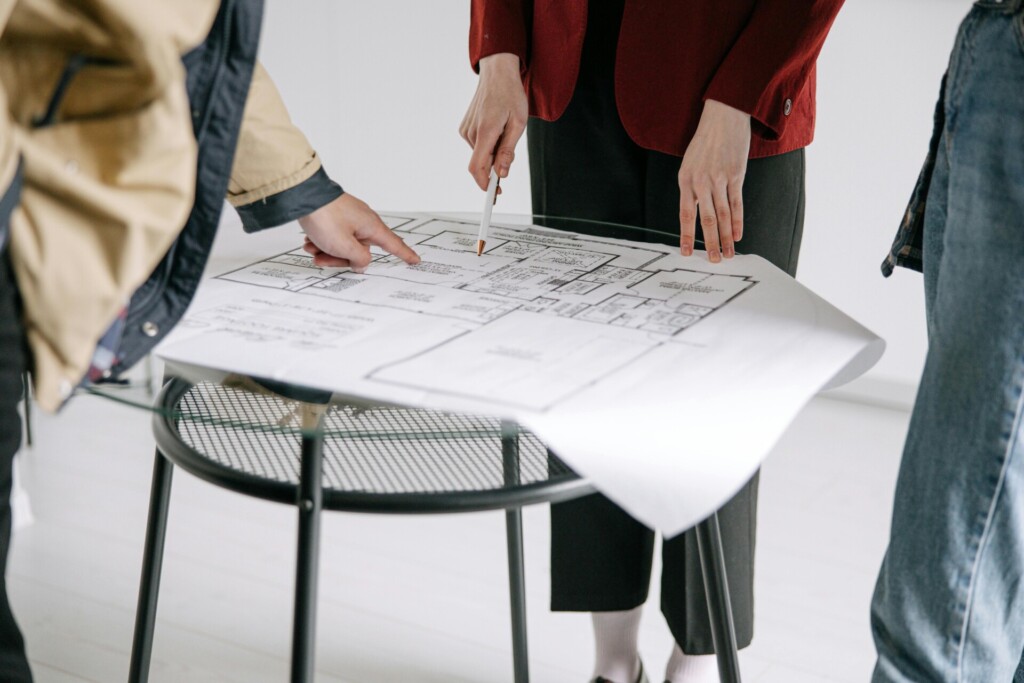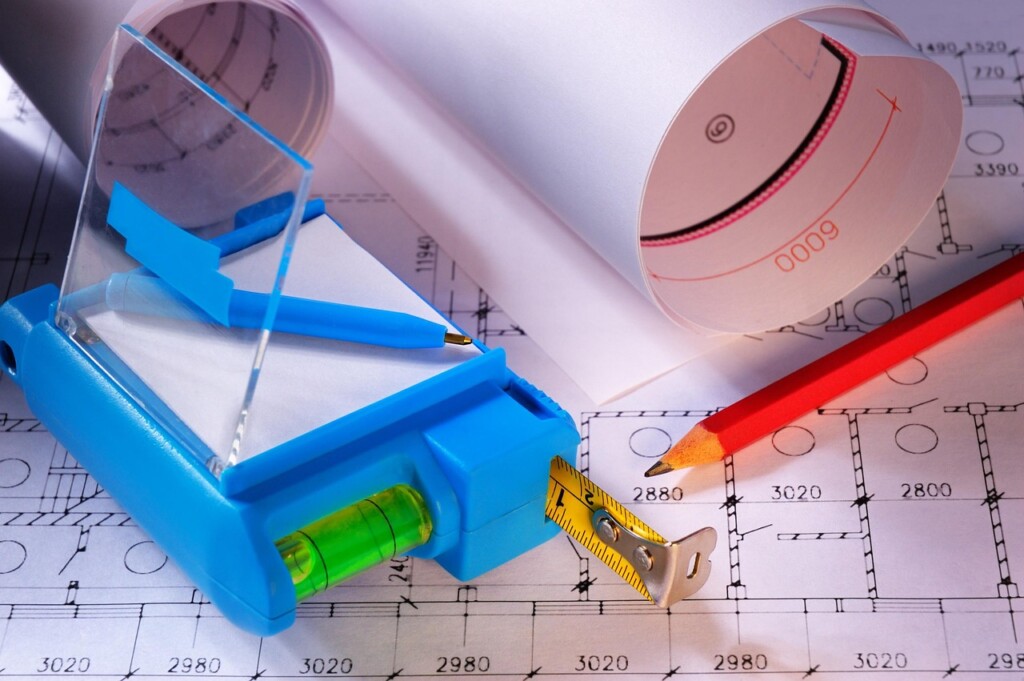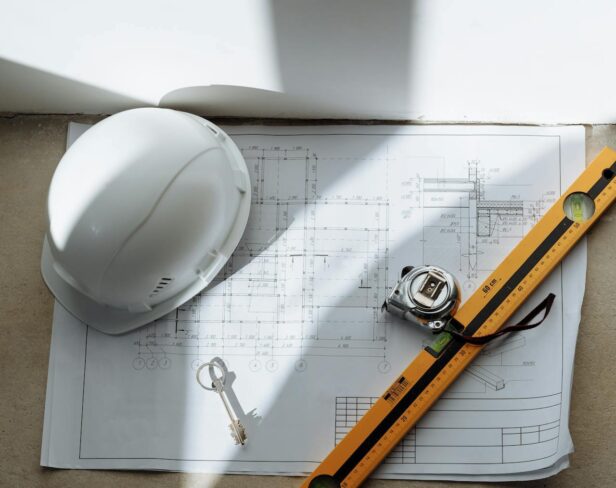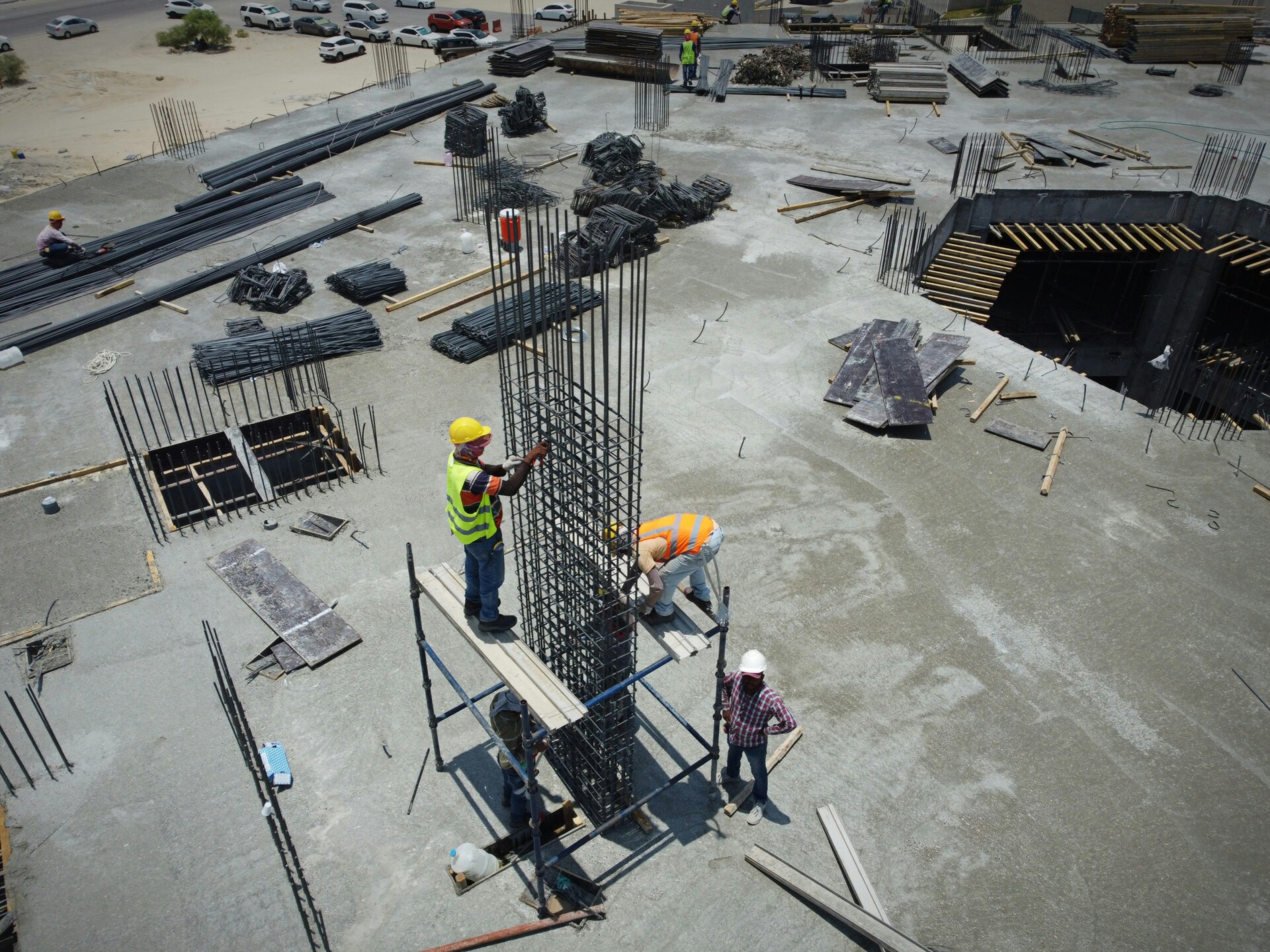Nearly half of all construction spending will flow through a single contract by 2028. Design build work represents a fundamental shift from managing multiple contractors to partnering with one integrated team that handles everything from initial concepts to final commissioning.
Design build work refers to a project delivery method where one entity holds a single contract with the owner for both design and construction phases. This approach consolidates what traditionally required separate agreements into one unified workflow, creating direct accountability between the owner and design-builder from concept through completion.
How Does Design-Build Work From Selection To Closeout?

The design-builder assumes responsibility for most design duties and all construction work under a fixed fee contract. This shifts the traditional owner responsibilities, though owners typically retain control over financing, operations, and long-term maintenance. Some contracts extend the design-builder’s role to include maintenance agreements that align lifecycle performance with project delivery.
Before starting procurement, owners complete preliminary engineering that typically represents 10 to 15 percent of the total design. This upfront work defines the project scope clearly and secures necessary approvals, including NEPA requirements for federal projects. The preliminary engineering provides enough definition for design-builders to understand the project requirements while leaving room for innovation and value engineering.
Selection And Procurement Process
Design-build selection commonly uses best-value criteria rather than lowest-bid approaches. We evaluate teams based on both qualifications and price, considering factors like past performance, technical approach, and team capabilities. The procurement process allows owners to assess which design-builder offers the optimal combination of expertise and cost effectiveness for their specific project goals.
The selection process varies from qualifications-based selection to best-value approaches depending on owner preferences and regulatory requirements. Public sector owners often follow structured procurement regulations while private owners have more flexibility in their selection criteria.
Integrated Design And Construction Process
After contract award, the integrated team advances design and cost estimates together rather than sequentially. This parallel approach enables overlapping phases that compress the overall project schedule. We coordinate design development with continuous cost modeling, allowing real-time adjustments as the project evolves.
Constructability reviews occur throughout design development, not just at the end. Our construction team provides input on building methods, material selection, and sequencing while architects refine the design. This collaboration identifies potential issues early and optimizes both design and construction approaches.
Transparent pricing supports informed decision-making throughout the process. We provide regular cost updates and clearly explain how design changes affect the project budget. This transparency helps owners make informed decisions about scope modifications or value engineering opportunities as they arise.
Construction Through Closeout
Construction begins with detailed coordination between design and field teams. Any remaining design elements are completed alongside construction activities, maintaining the integrated approach through project completion. We manage the transition from design-build execution to commissioning and testing phases.
Commissioning activities ensure all building systems operate according to design specifications and owner requirements. We coordinate testing protocols, training programs, and documentation required for successful project turnover. The process concludes with formal handover to operations teams, including all warranties, manuals, and maintenance documentation.
The design-build process creates accountability through single-source responsibility from initial design through final turnover. This streamlined approach reduces coordination challenges and maintains consistent project leadership throughout all phases, resulting in more predictable outcomes for project owners.
How Does Design-Build Compare To Design-Bid-Build And CMAR?
Design-build consolidates design and construction responsibilities under one contract, while design-bid-build separates them into distinct phases and CMAR splits designer and constructor contracts with the owner. The fundamental difference lies in contract structure and risk allocation. Design-bid-build requires owners to manage separate relationships with designers and builders, creating potential gaps in communication and accountability. CMAR involves the construction manager early but maintains separate contractual relationships between the owner, designer, and constructor.
Research from industry studies demonstrates measurable performance advantages for design-build across key project metrics. When compared to design-bid-build, design-build projects show 3.8% less cost growth, 1.7% less schedule growth, and deliver 36% faster construction speed. Against CMAR projects, design-build exhibits 2.4% less cost growth, 3.9% less schedule growth, and achieves 13% faster construction speed.
Performance Metrics And Owner Benefits
The single-source responsibility inherent in design-build creates measurable advantages for project owners. We see fewer change orders and claims because the integrated team resolves constructability issues during design rather than during construction. This collaborative approach provides earlier cost certainty as the design-builder develops pricing throughout the design process rather than after completion.
Owner risk decreases significantly under design-build delivery. The design-builder assumes responsibility for both design errors and construction performance, eliminating the finger-pointing that can occur between separate design and construction contracts. Administrative burden drops as owners work with one entity instead of managing multiple prime contracts and their potential conflicts.
Contract Structure And Risk Allocation
Design-bid-build places substantial risk on the owner through separate contracts for design and construction. Under the Spearin Doctrine, contractors cannot be held liable for design deficiencies in owner-provided plans, potentially leaving owners exposed to additional costs. CMAR attempts to mitigate this through early contractor involvement, but separate contracts still create potential gaps in accountability.
Design-build transfers both design and construction risk to a single entity, creating clear accountability and incentive alignment. The design-builder’s financial success depends on delivering a complete, functional project within the agreed parameters. This risk transfer allows owners to focus on project outcomes rather than managing complex contractual relationships and potential disputes between separate parties.
The procurement comparison shows design-build’s streamlined approach reduces administrative complexity while improving project outcomes. When we evaluate delivery methods for our projects, these performance metrics guide our recommendations to property owners seeking efficient project delivery with predictable results.
What Procurement Options And Variations Exist In Design-Build?

Two-Step Best Value Design-Build
Two-Step Best Value design-build follows a structured process where we first evaluate teams based on their qualifications and past performance. The most highly qualified teams advance to the second phase, where they submit design concepts and cost proposals. Owners evaluate these proposals using predetermined criteria that typically weigh qualifications heavily, then select the design-builder offering the best overall value.
This approach provides owners with a firm price commitment at contract award. Teams compete on both technical merit and cost, but qualifications remain the primary factor in the first phase. The competitive design phase allows multiple teams to present innovative solutions before selection, giving owners several approaches to consider.
Progressive Design-Build
Progressive Design-Build takes a different path by selecting the design-build team primarily on qualifications, without requiring a fixed price upfront. After selection, we work collaboratively with the owner to advance the design from concept through detailed development. The cost model evolves alongside the design, with both parties working toward a mutually acceptable scope and price.
This procurement method emphasizes partnership and transparency throughout the design process. Price commitment comes later, typically when design reaches 40 to 70 percent completion. Some progressive design-build contracts include natural “off-ramps” if the parties cannot agree on final scope and pricing, protecting both owner and design-builder interests.
Project Definition Requirements
Federal agencies increasingly encourage best value selection over low-bid procurement for design-build projects. The Design-Build Institute of America emphasizes that projects should avoid being fully designed at procurement to preserve opportunities for innovation and value engineering. However, owners must complete enough preliminary engineering to define performance requirements and secure necessary regulatory approvals.
Typically, 10 to 15 percent design completion provides sufficient project definition for procurement while maintaining flexibility for design-builder innovation. This level allows owners to establish clear performance standards and budget parameters without constraining creative solutions.
Design-Build-Maintain Variations
Some owners extend design-build contracts to include long-term maintenance responsibilities, creating design-build-maintain agreements. These contracts align the design-builder’s performance incentives with lifecycle asset management. When we maintain responsibility for facility operations over 20 to 30 years, design decisions naturally focus on durability, efficiency, and long-term performance rather than just initial construction cost.
This approach transfers more risk to the design-build team but often results in higher-quality materials, systems, and construction methods. Owners benefit from single-source responsibility throughout the asset’s operational life, while design-builders gain revenue streams beyond the construction phase.
Conclusion And Practical Next Steps

We recognize that successful design-build implementation requires deliberate preparation and strategic decision-making. The foundation starts with clearly defining performance goals and constraints rather than prescriptive solutions. Owners must complete adequate preliminary engineering, typically 10-15% of design, to establish project scope and secure necessary approvals while preserving room for design-builder innovation.
The procurement path selection between Two-Step Best Value and Progressive Design-Build should align with organizational culture, risk tolerance, and project complexity. Two-Step Best Value works well when owners can define clear project parameters upfront, while Progressive Design-Build suits projects where collaborative scope development adds value. Risk allocation planning must occur early, identifying which party can best manage specific project risks rather than simply transferring all risk to the design-builder.
Finally, engaging a qualified design-builder early in the process enables proper alignment of scope, budget, and schedule through transparent cost modeling and constructability reviews. This early collaboration supports real-time decision-making and helps prevent the scope creep that can undermine project success.
Ready to explore how design-build could benefit your next project? Contact EB3 Construction to discuss your development goals.




